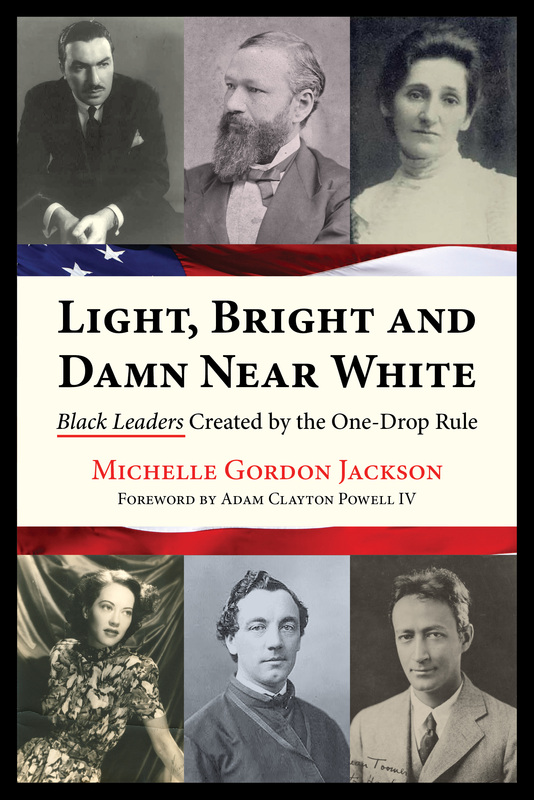Would the Rev. Patrick Healy, Who Passed for White, Want to Be Celebrated as a Black Hero?Posted in Articles, Biography, History, Media Archive, Passing, Religion, Slavery, United States on 2021-04-18 23:14Z by Steven |
Would the Rev. Patrick Healy, Who Passed for White, Want to Be Celebrated as a Black Hero?
Faithfully Magazine
2020-10-13
Alexandria Griffin, Visiting Assistant Professor of Religion
New College of Florida, Sarasota, Florida
 Father Patrick Francis Healy, S.J., was the first African American to receive a doctorate degree and the first to be president of a predominantly White university when he became president of Georgetown University in 1872. (Photo: Blake Photography/Public domain) |
Patrick Healy never directly addressed questions of what his racial identity might have been in the written record he left behind. However, he wrote on a few occasions about “blacks” or “negroes” in a tone that seems to indicate that he saw them as a group he did not belong to.
In 2015 and 2016, Georgetown University became enmeshed in conversations about race taking place at college campuses across the United States. At Georgetown, conversation centered on the institution’s history with slavery, which had been an integral part of its early years, with much of the labor on campus falling to enslaved people.
The focus was the sale of 272 enslaved African Americans in 1838, a sale undertaken by Jesuits Thomas F. Mulledy and William McSherry with the intent to accrue enough money to pay off some of the school’s debts and keep it open. This sale resulted in the breakup of numerous families, and the majority were sold into the Deep South, where they were subjected to harsher conditions of forced agricultural labor. The sale was controversial at the time but eventually largely faded from the memory of White Catholics. (As Shannen Dee Williams, historian at Villanova University and originator of the Twitter hashtag #BlackHistoryIsCatholicHistory, has pointed out, what many people now think of as new information about religious orders owning enslaved people never faded from the memories of Black Catholics.)
Moreover, discussion also included broader issues around Georgetown’s relationship to slavery, including buildings named after slaveholding faculty, and on what actions might be taken to acknowledge and make amends for this history. A number of initiatives grew out of this; a working group made archival resources on slavery at Georgetown available online and researched the fates of those sold in 1838, the school held an apology ceremony attended by community members and descendants of those sold, and buildings named after Mulledy and McSherry were renamed. Additionally, the school opted to grant descendants of those sold in 1838 preferential admission. More recently, students voted to add a student fee to go toward reparations for descendants of those enslaved at Georgetown. The future of the fee and how or whether it will be implemented remains uncertain. The university has recently committed to raising $400,000 annually toward reparations, which some students feel is too little.
Patrick Francis Healy: Legally Enslaved, Passing for White
One figure has been strangely absent from this conversation: Patrick Francis Healy, the university’s 29th president. In November of 1853, Healy, then a young Jesuit in training, sent a letter to an older Jesuit and mentor, George Fenwick. He wrote from his teaching post at College of the Holy Cross: “Father, I will be candid with you. Placed in a college as I am, are boys who were well acquainted with by sight or hearsay, with me + my brothers, remarks are sometimes made (then if not in my hearing) which wound my very heart. You know to what I refer. The anxiety of mind caused by these is very intense.”…
Read the entire article here.
:focal(472x247:473x248)/https://public-media.si-cdn.com/filer/35/25/35254b4c-44e2-4fb1-90b7-05f34da13495/georgetown.png)

